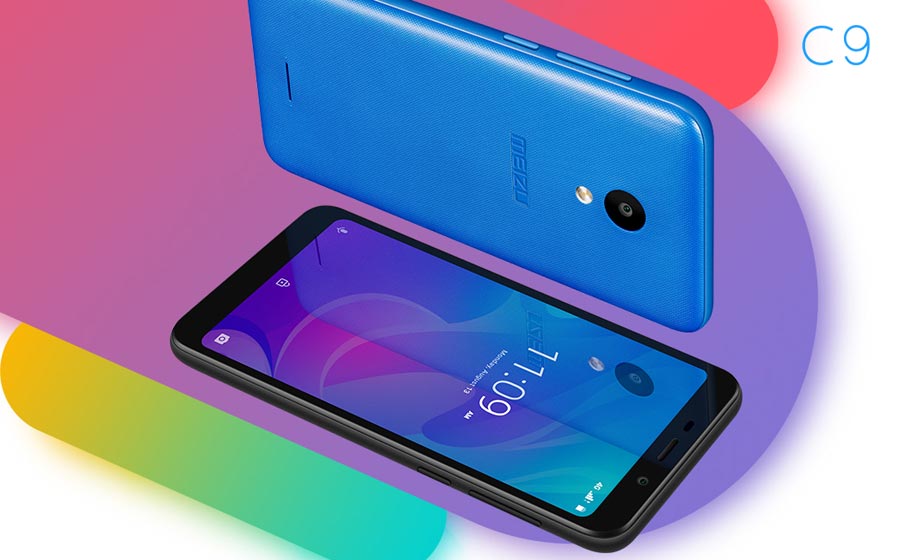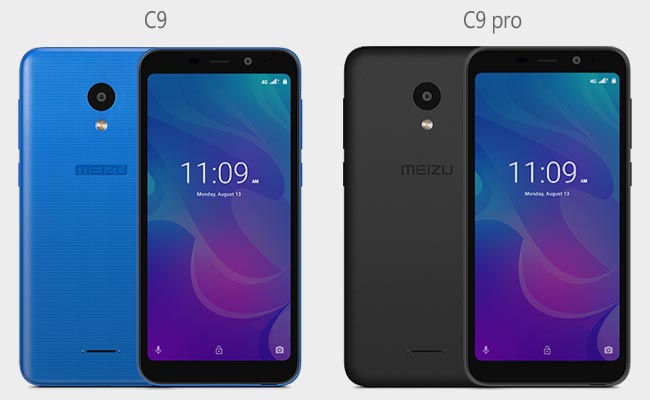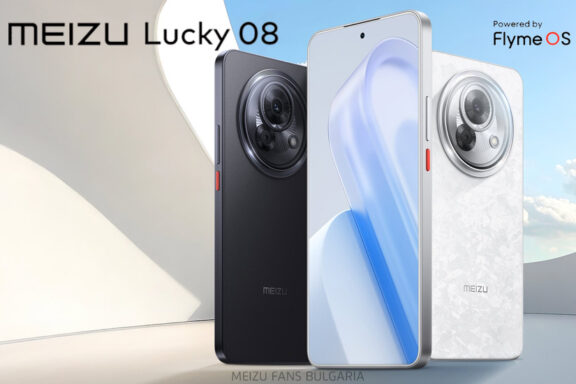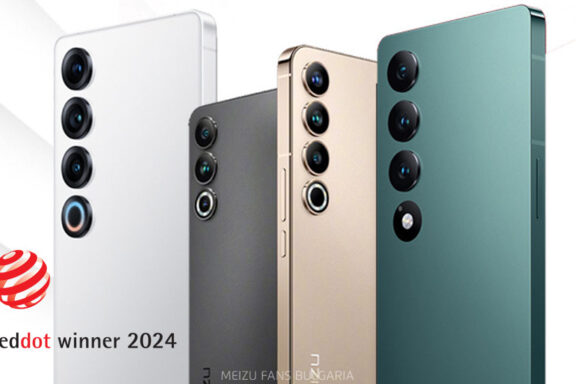
This month, Meizu introduced its budget smartphones Meizu C9 and C9 Pro. Despite the low price, the new phones have screens with thin frames, with a ratio of 18:9 and support unlocking with the help of face scanning technology.
The two models are almost identical in features. They have 5.45-inch IGZO IPS displays with HD+ resolution 720×1400 pixels. Their bodies are made of polycarbonate, and that of the Meizu C9 has an embossed texture. They are powered by the 4-core SC9832E processor (28nm) of the Chinese company Unisoc (until recently Spreadtrum), with ARM Cortex-A53 cores running at 1.3GHz. The graphics accelerator is MaliT820 MP1.
The external speaker in the Meizu C9/C9 Pro is on the back cover. It sounds quite loud, but provided that the back of the device is not covered. The sound in the headphones is surprisingly pleasant. They have support for Bluetooth 4.1 as well as A2DP. They can also work on LTE Cat 4 networks at speeds up to 150 Mbit per second. Their batteries have a capacity of 3000mAh and come pre-installed with pure Android 8.
The rear cameras are 13-megapixel with an aperture of f/2.2, 1/3.1″, 1.12µm, AF with LED flash.

And here come the main differences between the Meizu C9 and C9 Pro. They are in the front chambers. On the Meizu C9 it is an 8MP GalaxyCore GC8034, ƒ/2.2, 1.12µm. The selfie camera on the C9 Pro is GC13023, and the CMOS BSI sensor with an aperture of f/2.0 can create very decent self-portraits, even in low light.
The other difference between the two models is in the memory. Meizu C9 has 2GB of LPDDR3 RAM and 16GB of internal flash memory, while the Pro version has 3GB of RAM and 32GB of storage. Both phones have an expansion slot for microSD cards up to 128GB.
 FAN CLUB BULGARIA
FAN CLUB BULGARIA Meizu Lucky 08: A budget AI phone with flagship features
Meizu Lucky 08: A budget AI phone with flagship features Meizu Lucky 08, most powerful AI phone in the 2,000 yuan range, will be released this month
Meizu Lucky 08, most powerful AI phone in the 2,000 yuan range, will be released this month Meizu 20, Meizu 20 PRO, Meizu 20 INFINITY and Meizu 21 PRO won Red Dot Award 2024
Meizu 20, Meizu 20 PRO, Meizu 20 INFINITY and Meizu 21 PRO won Red Dot Award 2024